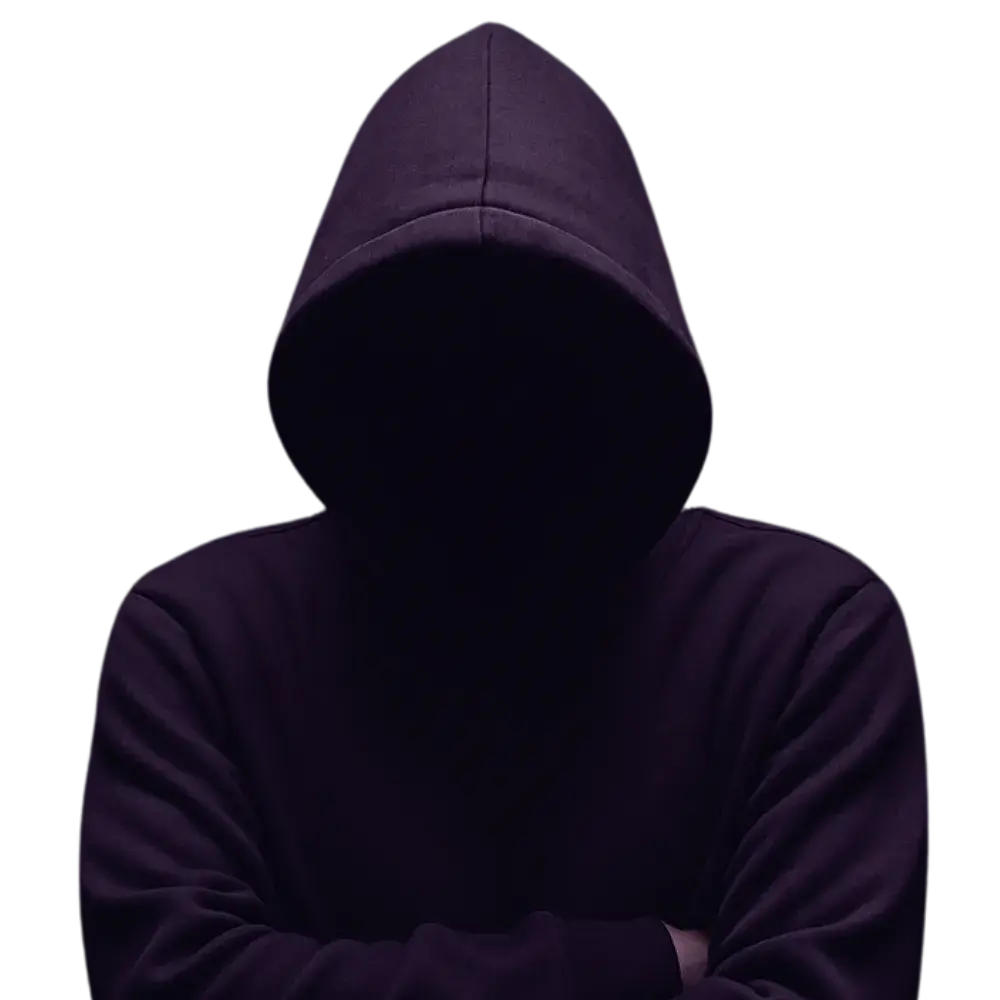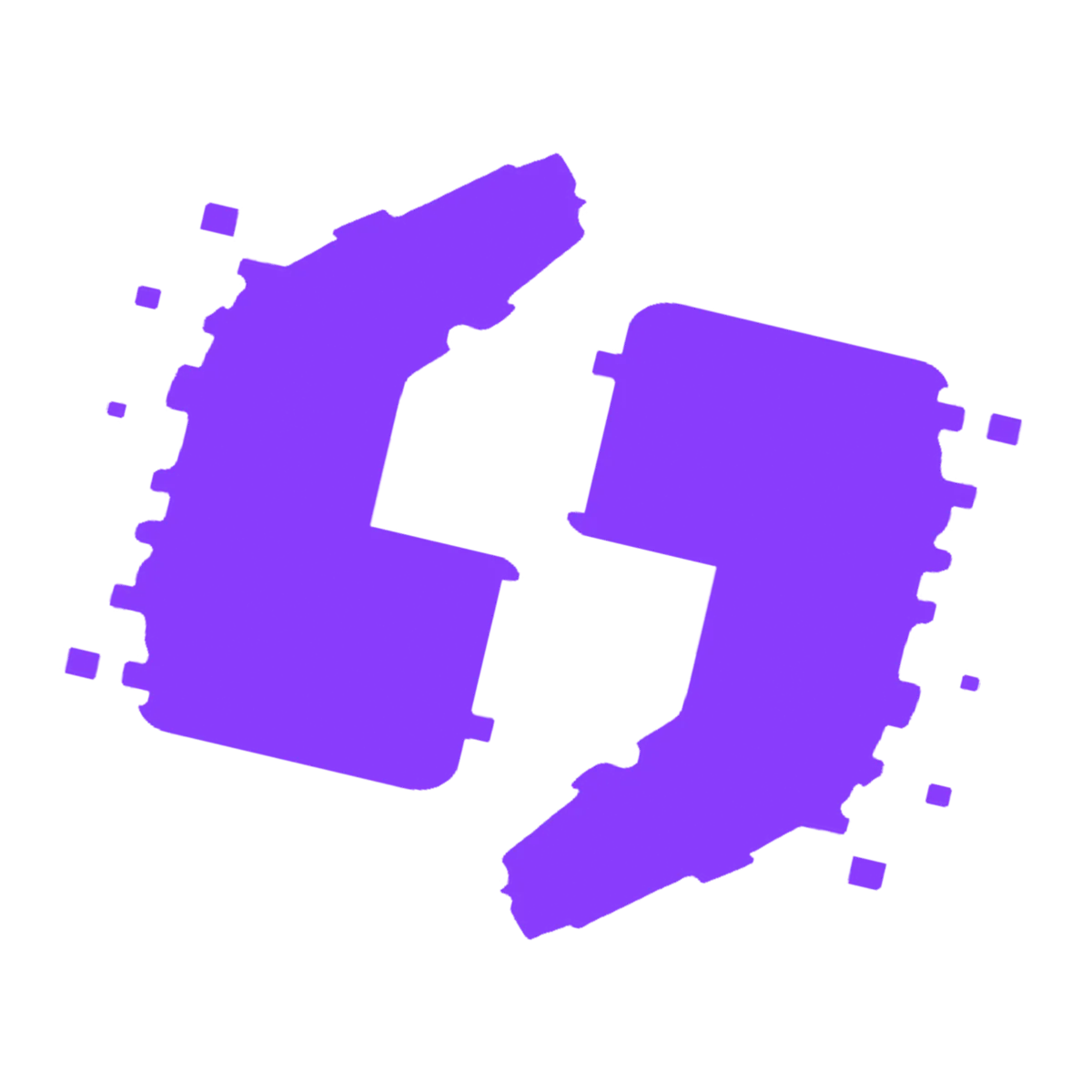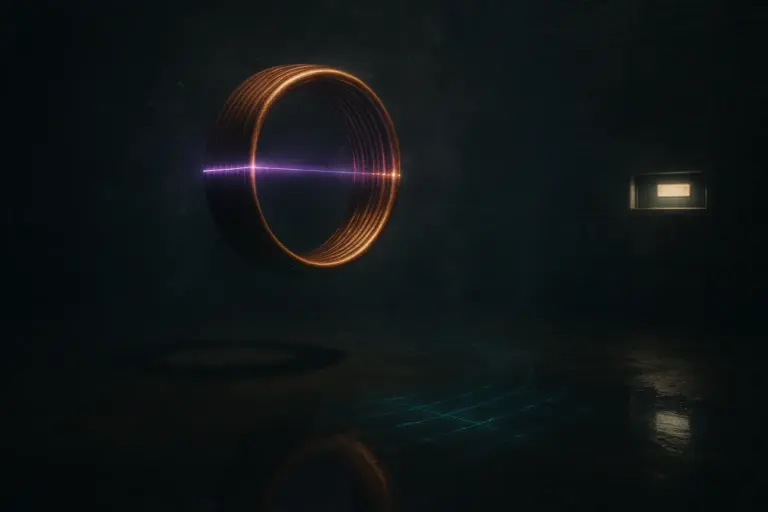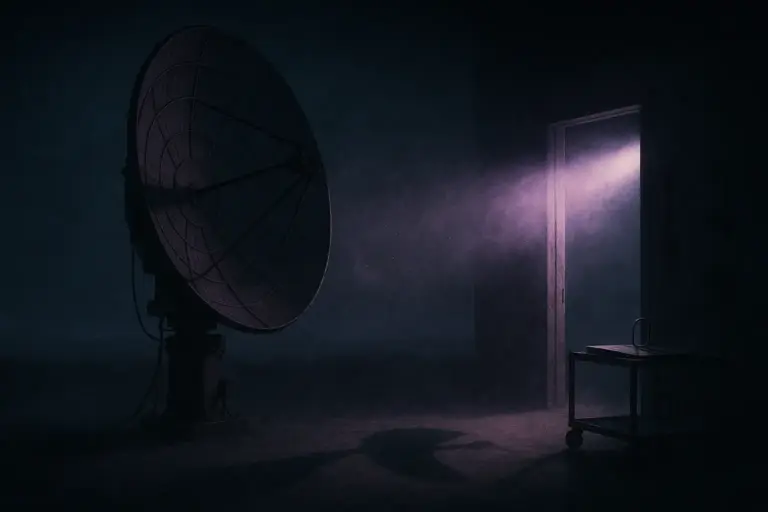Remote Viewing: A Declassified Look at the CIA’s Military Psychic Programs
Intelligence files detail controlled remote viewing sessions against blind targets, where a faint signal was logged but could not survive scientific review.
The briefing room clock ticked past 0900 as a stamped page slid across the metal desk, edges frayed, ink still sharp. The contradiction was right there in the seal: an intelligence apparatus funding psychic research while insisting on rigor and admitting limited returns. The file called it remote viewing, a controlled attempt to describe distant targets without conventional collection. The jargon sounded clinical; the premise, not. A redaction bar split a paragraph like a horizon line. The memo tone stayed calm, but every line implied a bet placed against the odds — a program sustained by oversight and caution, measured breakthroughs on paper and an outcome that would not match the promise.
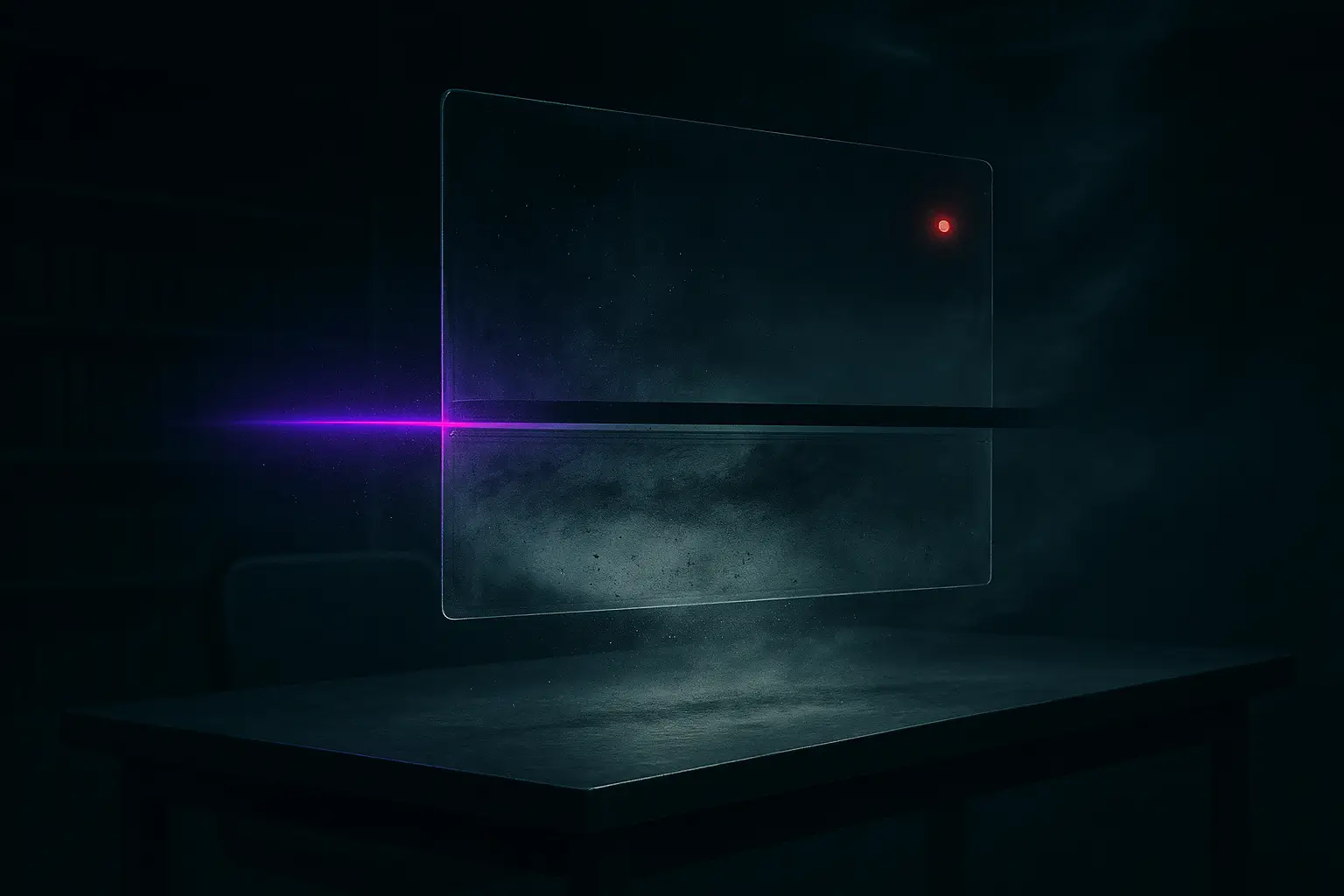
Stargate files open on anomalous cognition in uniform
Across years of Cold War spillover, a small unit inside U.S. Army intelligence and the Defense Intelligence Agency carried an unusual mandate. Under codenames that eventually collapsed into one label — Stargate Project — personnel were tasked against real targets using methods that sat outside standard tradecraft. The language hardened around a neutral phrase: anomalous cognition. The structure was ordinary for an intelligence program — tasking, reporting, evaluations — and the content was not. The record shows a chain of command, budgets, security controls, and recurring attempts to test claims the institution did not fully endorse (Source: CIA, 1995-01-01, Star Gate Project Overview).
The first rupture is administrative rather than paranormal. A system designed for verifiable signals ran trials on impressions and sketches. When results appeared interesting, the files flag them; when they failed, the files say so. The program’s durability reads less like belief and more like a controlled experiment conducted under the quiet pressure of strategic uncertainty. What began as curiosity became procedure, and procedure where science gets classified encounters its threshold.
Controlled sessions of remote viewing in Army rooms
Viewers were often military personnel trained to follow a protocol rather than a hunch. Tasking arrived blind; the target pool was shielded from the viewer; feedback for scoring came later. Sessions took place in ordinary rooms, fluorescent hum, notebooks open, a monitor recording timestamps. The output was controlled prose and drawings, evaluated against predetermined criteria and decoys.
Blind targets scoring matrices and quiet protocols
Reports describe rank-ordered choices and descriptors judged against a reference set. Leakage controls tried to keep cues from contaminating results. When a viewer seemed to lock onto a feature — water mass, structure, motion — that element was scored; when narratives drifted, they were marked and archived. Contractors supported method development while the unit handled operational tasking, keeping a wall between research language and field needs (Source: Wikipedia, 2003-09-05, Stargate Project U.S. Army unit).
In the files, breakthroughs are modest and circled in pencil. A session might sketch a building outline that later matches a photograph. Another misses entirely. The cadence feels clinical because it had to be. Even proponents kept returning to the same floor test — repeatability, independence from cues, and value added over chance. The link to broader mind control case files suggests this was one strand in a wider effort to weaponize perception.
“One file was missing — the one that mattered.”
Peer review and oversight narrow the psi signal envelope
The final assessment tightened the aperture. A CIA-commissioned review synthesized laboratory findings and field claims, noting instances above chance yet questioning whether they survived stricter controls and whether any product consistently aided operations. The panel’s bottom line was cautious to the point of closure. It judged the data insufficient to justify continued operational use of remote viewing and recommended the program’s termination or redirection under stronger scientific standards (Source: CIA, 1995-09-29, An Evaluation of the Remote Viewing Program).
Parallel memoranda record oversight mechanics — who would review, how prior work would be audited, and how external scientific bodies would be engaged. Coordination with broader scientific review signaled an endgame built on accountability rather than secrecy (Source: CIA, 1995-06-01, Status of Star Gate Program). The language is bureaucratic, but the implication is blunt. The signal was intriguing; the noise, overwhelming.
“The room went quiet when the numbers did not move.”
After action echoes reshape intelligence standards and risk
The files leave a residue of method. When evidence fails to replicate, tradecraft must resist narrative allure. Stargate’s own assessment underlines a rule that now feels like policy muscle memory — if a source cannot meet validity thresholds, it cannot drive decisions. The vocabulary of anomalous cognition helped engineers and analysts converse, but the ledger of value stayed thin.
The implication is not that inquiry should stop, but that thresholds should be explicit. Controls against cueing, pre-registration of protocols, and independent scoring are not just academic ideals; they are how an intelligence system protects itself from elegant stories. In that light, the project reads as a stress test of institutional skepticism rather than proof of the extraordinary. Elsewhere, stargate under review continues to draw scrutiny from researchers parsing what remains unsealed.
Sources unsealed the Stargate evaluation and status record
Primary evaluation of program efficacy and utility concluding limited operational value and recommending termination (Source: CIA, 1995-09-29, An Evaluation of the Remote Viewing Program)
Internal status memo detailing oversight arrangements and coordination with external scientific review before closure (Source: CIA, 1995-06-01, Status of Star Gate Program)
Secondary orientation providing timeline and personnel context for the Army unit and DIA stewardship (Source: Wikipedia, 2003-09-05, Stargate Project U.S. Army unit)
Final transmission a violet trace across a dark desk
A lamp pools light over folders stamped and thumbed, the graphite of sketches soft against the paper grain.
The record stands as a lesson in thresholds — claims measured against cold instruments and colder briefings, where remote viewing met its institutional limit.
Home · Forbidden Science · Fringe Theories. Signal fading — clarity remains.
They Don’t Want You to Know This
Join the society of the curious. Get early access to leaked findings, hidden knowledge, and suppressed discoveries — straight to your inbox, before they vanish.
